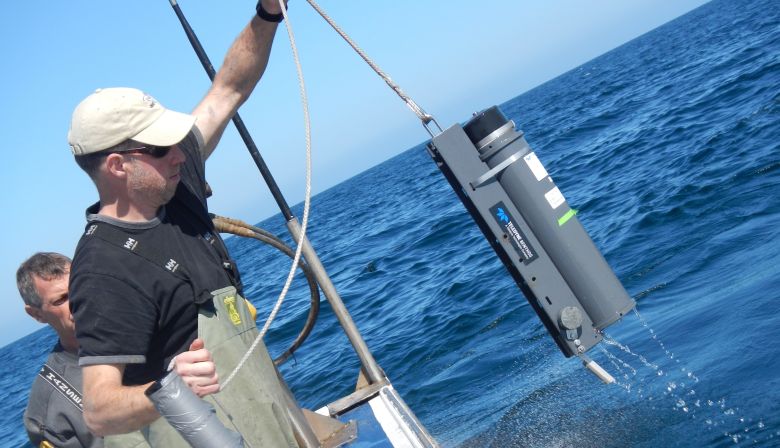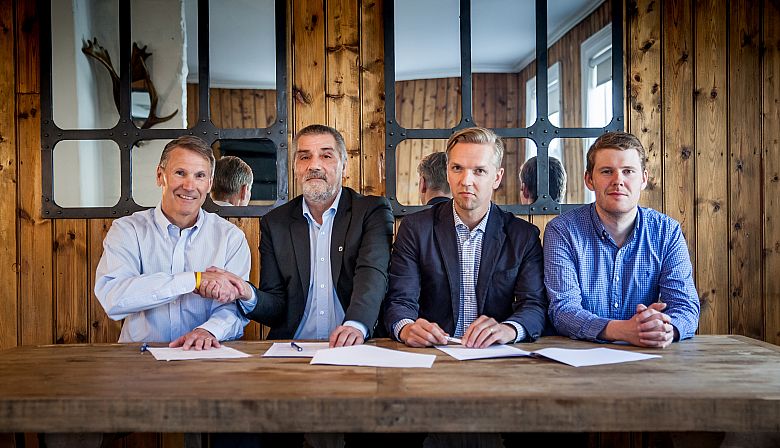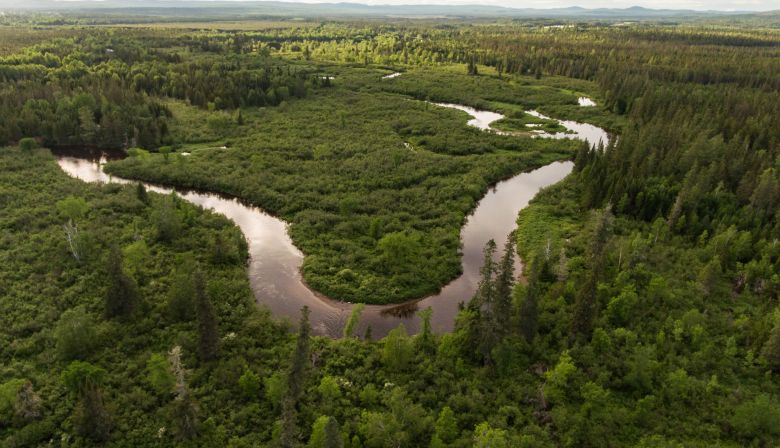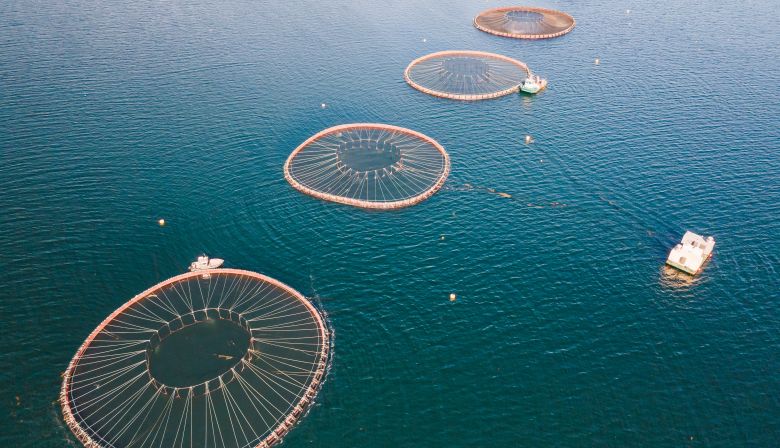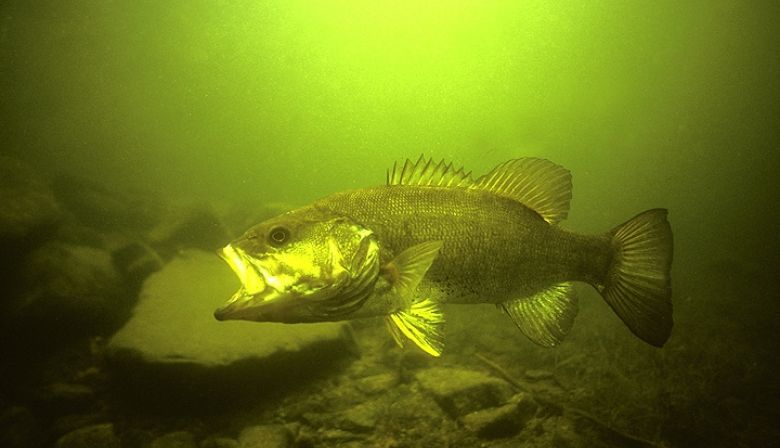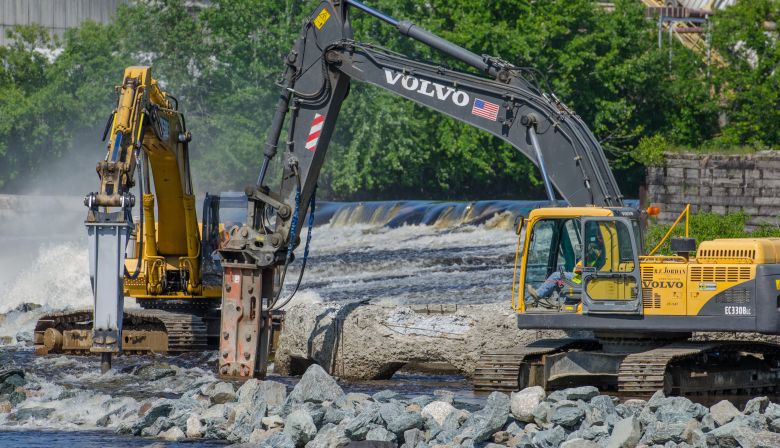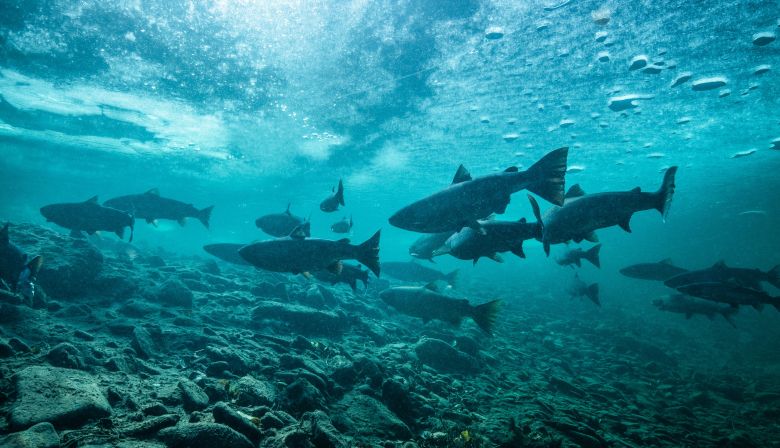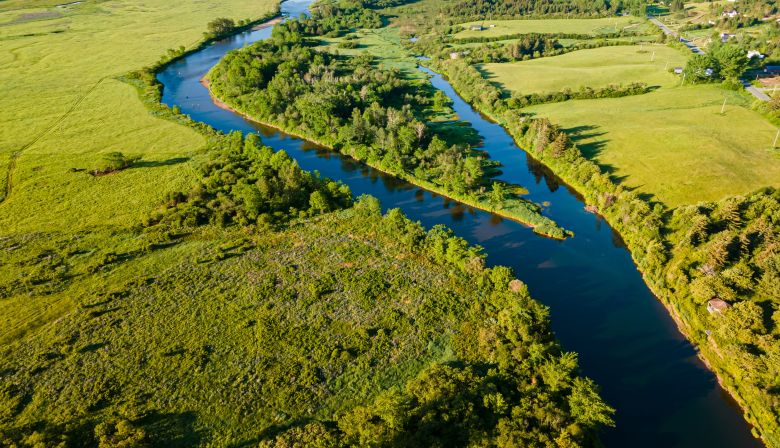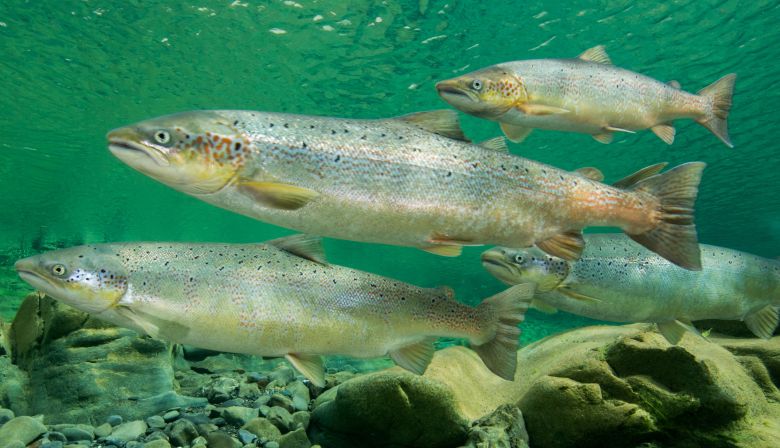
Subscribe & stay up-to-date with ASF


“Since our birth in 1948, we have done more than anyone for Atlantic salmon conservation. You can chart this success by looking at the expansion of our programs. The research team has created the largest and longest-running database of Atlantic salmon migration data in the world, and we have removed more dams than any organization we’re aware of.” – Bill Taylor
We have made great progress on our 2018-2023 strategic plan and have been very successful with several of our initiatives. 2022 was a great year where we can proudly say that we made a huge impact on wild Atlantic salmon conservation.
Here are some of our highlights from 2022:
The Research & Environment department had its most successful year yet tagging salmon in West Greenland. Fishing took place over the course of a month in early Autumn. In total, 209 fish were tagged; 96 with satellite tags, 95 with acoustic tags, and 18 with both. These tags are in addition to the 102 tags that were deployed between 2018 and 2021. In total, we’ve collected 7529 days of position, temperature, and depth data. We are beginning to analyze these data to determine where each fish has been travelling, along with the temperature and depth, to understand the daily habits and environmental preferences of wild Atlantic salmon at sea. The more we know about the habits and behaviours of Atlantic salmon at sea, the better we’re able to advocate for their protection.
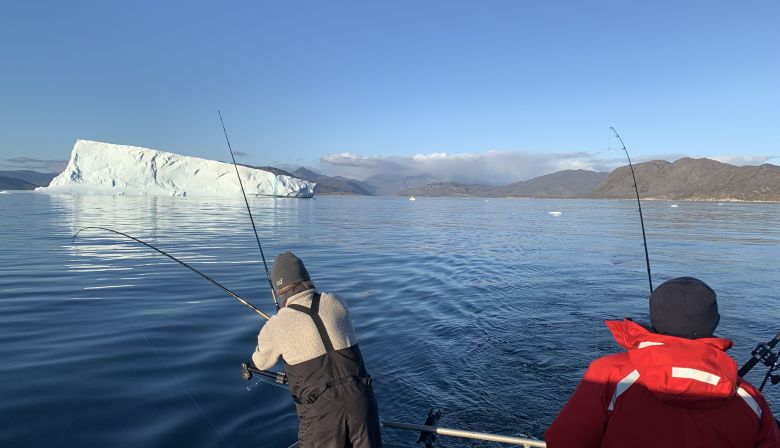
ASF has been an active partner in the Environmental Studies Research Fund (ESRF), an initiative of Natural Resources Canada whereby prospective industry funds the investigation of its potential impacts on species and ecosystems. The ESRF salmon project is an extensive collaboration with over 50 partners that will research the movements of wild Atlantic salmon in the offshore areas of Atlantic Canada. In 2022, we helped tag (using acoustic tags) 1162 smolt and 221 kelt in 39 Atlantic Canadian rivers. We began expanding receiver arrays into the Labrador Sea with lines extending up to 32 km off the coast. More than 400 acoustic receivers will be deployed in the Labrador Sea as part of the ESRF program. This project will reveal regional differences between smolt survival, timing, and behaviour, and will assess possible impacts of the development of the oil and gas industry there.
